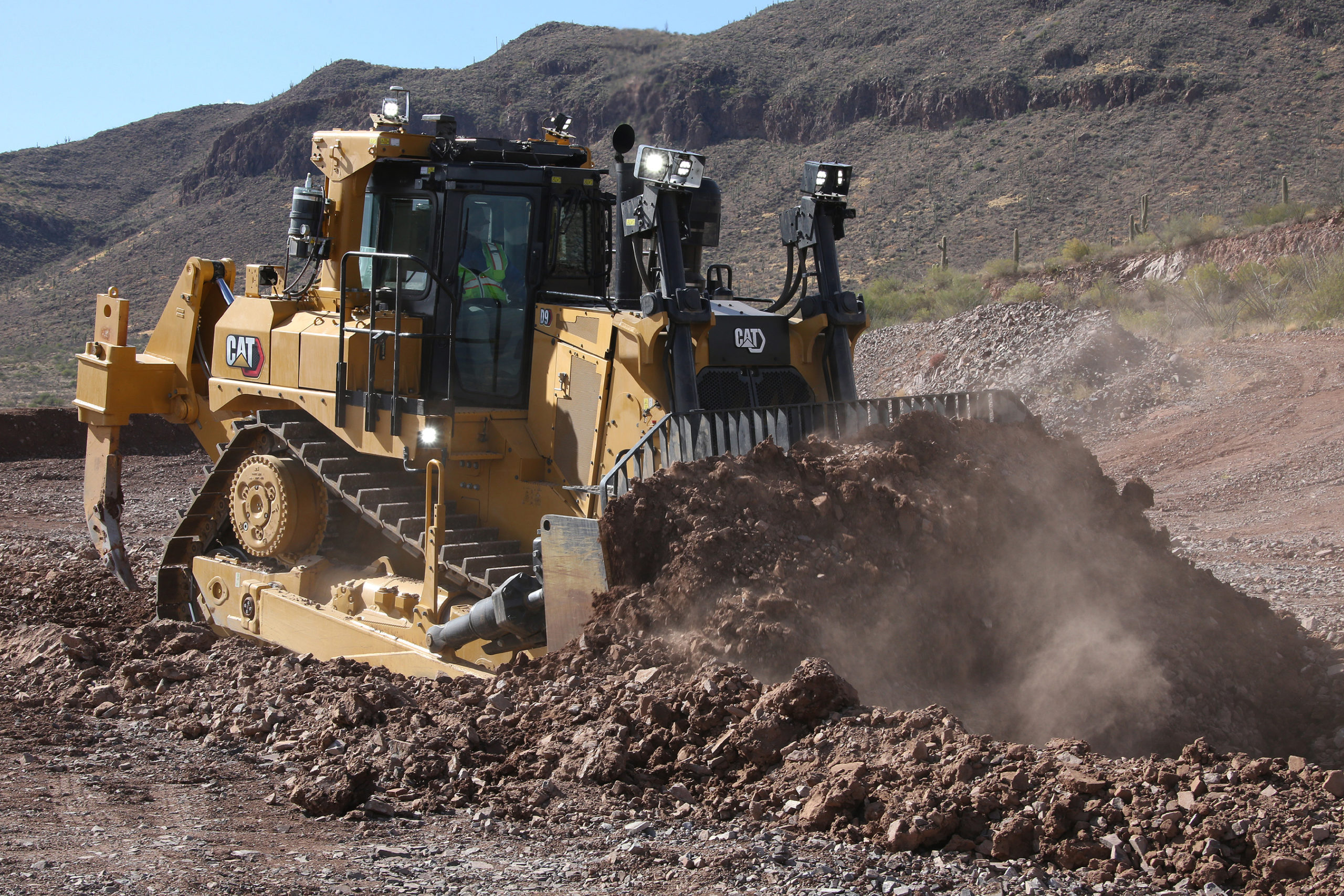The Transmission Converter Clutch (TCC) The purpose of the Transmission Converter Clutch (TCC) feature is to eliminate the power loss of the torque converter stage when the vehicle is in a cruise mode. The TCC System uses a solenoid-operated valve to couple the engine flywheel to the output shaft of the transmission through the torque converter. The last thing we'll do before we move on to the Torque Converter Clutch settings is to take care of the Torque Reduction table. As you can see below, we've lowered the values in the high-output ranges, greater than 369 lbs/ft, slightly to reduce the amount of Torque Reduction the TCM requests from the Engine Control Module when shifting. OBD II fault code P0741 is most commonly defined as “ Torque Converter Clutch Circuit Performance” or sometimes as “Torque Converter Clutch- Stuck Off”, and is set when the PCM (Powertrain Control Module) detects an abnormal electrical value in the torque converter clutch control circuit. The torque converter clutch is supposed disengage when you step on the brake pedal. It’s also supposed to turn off when the transmission begins to downshift or when the vehicle is moving below 25 mph. When people would complain about torque converter clutch problems and the 125C was installed we ran a quick test.
In the tables above you can see that for the 3rd to 4th and the 4th to 5th rows that the value is 0. Clearly this calibration can operate a 5-speed transmission, but here we're only dealing with 4 (we'll get to the 6L80/90E in an upcoming article). In the 1st to 2nd and 2nd to 3rd shift time rows you can see that the original calibration calls for anywhere from 0.200 seconds to 0.500 seconds. In our table (the changes seen highlighted in blue), we've reduced the values at and above 369 lbs/ft to 0. This doesn't mean that the shifts will occur that fast (it's physically impossible), but it does instruct the TCM to make the shift occur as quickly as is possible. Our desired shift time is 0.00 seconds at and above 369 lbs/ft of torque output; below that we're happy with a nice smooth shift and we've left that as-is. At higher engine output levels, we'd like to see no shift lag, but we'll simply have to live with the best that reality has to offer.


One other issue we'll take care of is the sloppy shifting at lower engine output levels that doesn't have to do with time so much as it does shift pressure. As our Corvette accelerates, the car almost feels as if it falls over when shifting at light throttle settings. This results in a bit of head bobbing and unfortunately also means higher transmission temperatures. To fix this, we bumped up line pressure during the shifts as shown below. Note that this is independent of Shift Time. At light throttle settings, we don't mind a slower shift, but we don't want a sloppy shift that results in us bobbing our heads fore and aft while the transmission does it's thing, so we increase line pressure to make clutch engagement more positive. This reduced slip will also decrease overall transmission operating temperature.
When the impeller and the turbine are rotating at nearly the same speed, no torque multiplication is taking place. The torque converter is transmitting the input torque from the engine to the transmission at a ratio of almost 1:1. There is however, approximately 4-5% difference in rotational speed between the turbine and the impeller. The torque converter is not transmitting 100% of the power generated by the engine to the transmission, so there is energy loss.
To prevent this, and to reduce fuel consumption, the lock up clutch mechanically connects the impeller and turbine when the vehicle is around 37mph or higher. When the lock up clutch is engaged, 100% of the power is transferred through the torque converter. Installing vlc for mac.
Torque Converter Clutch Problems
The lock up clutch is installed on the turbine hub, in front of the turbine. The dampening spring absorbs the torsional force upon clutch engagement to prevent shock transfer. The friction material bonded to the lock up piston is the same as that used on the multiplate clutch discs in the transmission.
Operation
When the lock up clutch is actuated, it rotates together with the impeller and turbine. Engaging and disengaging of the lock up clutch is determined by the point at which the fluid enters the torque converter. Fluid can either the converter in the front of the lock up clutch or in the main body of the converter behind the lock up clutch. The difference in pressure on either side of the lock up clutch determines engagement or disengagement.
Torque Converter Clutch Price
The fluid used to control the torque converter lock up is also used to remove heat from the converter and transfer it to the engine cooling system through the heat exchanger in the radiator.
